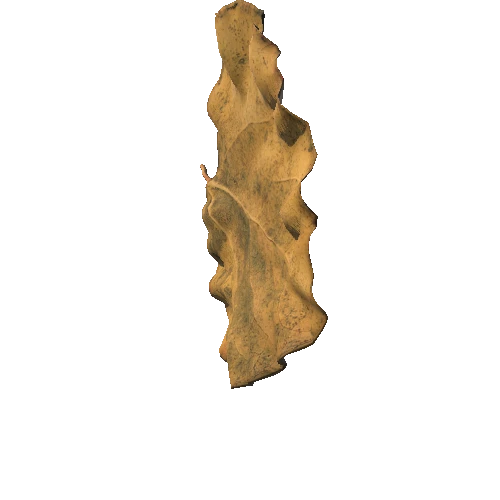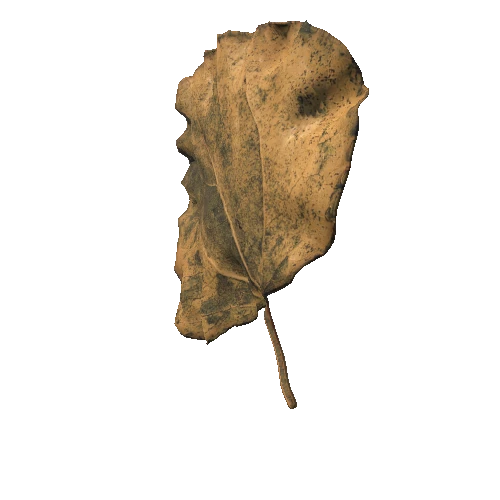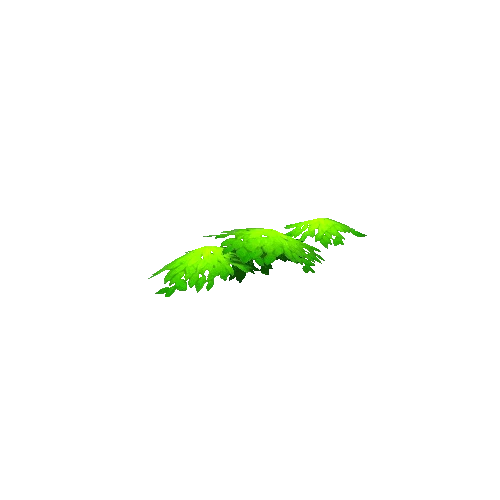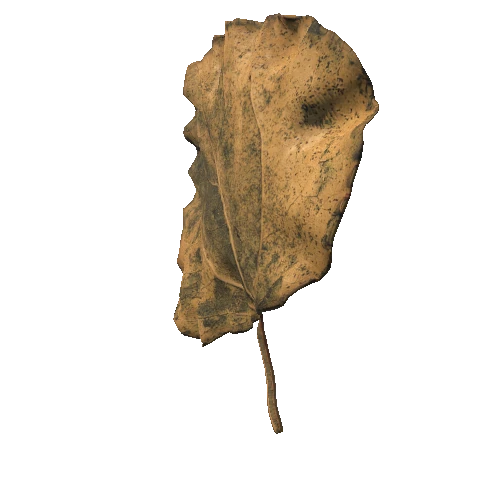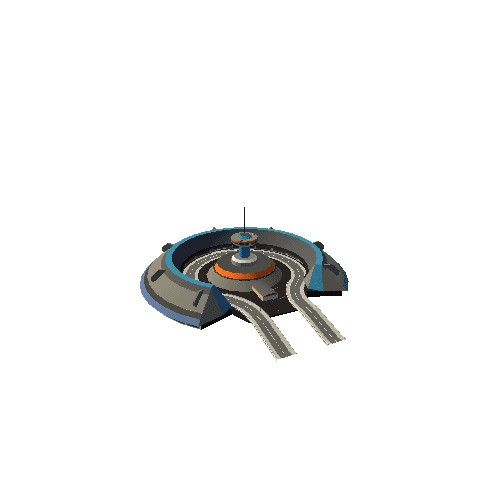Select or drop a image or 3D model here to search.
We support JPG, JPEG, PNG, GIF, WEBP, GLB, OBJ, STL, FBX. More formats will be added in the future.
Asset Overview
Qumran (Hebrew: קומראן; Arabic: خربة قمران Khirbet Qumran) is an archaeological site in the West Bank managed by Israel's Qumran National Park. It is located on a dry marl plateau about 1.5 km (1 mi) from the northwestern shore of the Dead Sea, near the Israeli settlement and kibbutz of Kalya.
The Hellenistic period settlement was constructed during the reign of Hasmonean leader John Hyrcanus (134–104 BCE) or somewhat later. Qumran was inhabited by a Jewish community of the Second Temple period, which most scholars identify with the mystic sect of the Essenes; however, other interpretations were also suggested. It was occupied most of the time until 68 CE and was destroyed by the Romans during the First Jewish-Roman War, possibly as late as 73 CE. It was later used by Jewish rebels during the Bar Kokhba Revolt.[6] Today, the Qumran site is best known as the settlement nearest to the Qumran Caves where the Dead Sea Scrolls were hidden, caves in the sheer desert cliffs and beneath, in the marl terrace.
